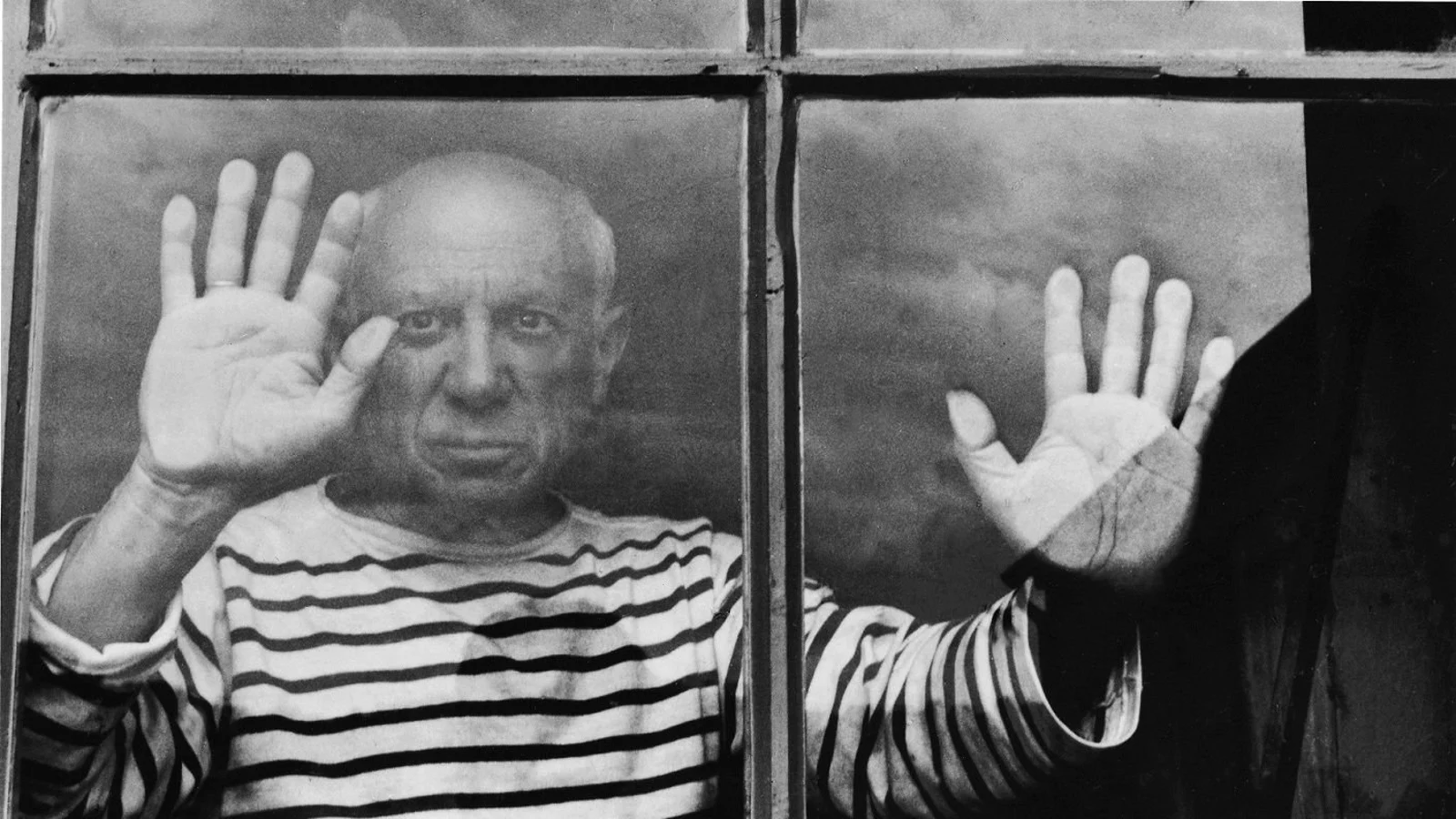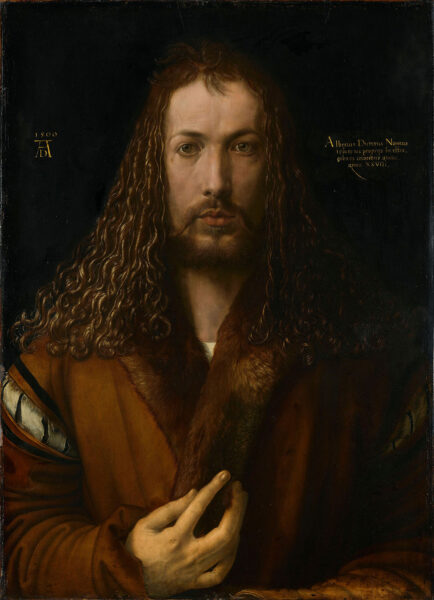We are dealing with a creator with an unparalleled artistic trajectory. From a young age, Picasso showed exceptional skill in painting. By the age of 19, he had already settled in Paris, where he began experimenting with innovative styles. His “Blue Period” and “Rose Period” captured deep emotions, but it was with the emergence of Cubism, alongside Georges Braque, that the artistic landscape was radically changed, ushering in a new era.
Through Cubism, Picasso broke away from traditional representations of form, as well as disrupted perspective. Works like Les Demoiselles d’Avignon (1907) challenged the notion of how the human figure should be represented, anticipating a completely new visual language in modern art. It was a turning point. Picasso fragmented forms and decomposed bodies into geometric planes, influenced by African art and Iberian sculpture. The female figures, with angular faces and challenging gazes, broke with classical harmony, creating an aggressive and disturbing image that confronts the viewer. By disintegrating traditional perspective and presenting multiple viewpoints simultaneously, Picasso laid the foundations of Cubism, paving the way for new ways of experiencing and perceiving art. This work dynamited academic orthodoxy, liberating painting from its traditional role and driving a more abstract and conceptual exploration of reality.

Worldwide Fame and Political Connection
Picasso was a celebrity due to his genius, but his iconic profile was significantly shaped by his political commitment. During the Spanish Civil War, his work Guernica (1937) became a symbol of resistance against barbarism, further solidifying his status as an artist deeply engaged with the society he lived in.
During the 1940s and 1950s, Picasso was a global cultural and artistic icon. His exhibitions drew crowds, and he was a true emblem, not only because of his works but also due to his personal life, which was under constant public scrutiny. His ability to continuously reinvent himself, exploring styles such as Surrealism, Classicism, and Abstract Expressionism, kept him at the forefront for decades.
The inimitable artist from Málaga permeated both artistic circles and popular culture. He associated with intellectuals, poets, and filmmakers, which amplified his presence beyond the art world. He was a regular feature in newspapers and magazines of the time, and his face and name became metaphors for genius.
Picasso never stopped experimenting. This ability to reinvent himself kept him at the top as long as he lived. From Cubism to his experiments with ceramics, sculpture, and collage, Picasso left no corner of art unexplored. For him, it was a journey that only contemplated one direction: forward. The unique creator, imbued with a spirit of an untiring seeker, a fighter with forms, a champion in a relentless struggle against meaning.

A World-Renowned Artist
If Picasso became a mass phenomenon for his works, the interest sparked by his personal life was no less significant. His romantic relationships with young women and his attitude toward them generated controversy, but his art cannot be understood without the influences of those relationships; therein lies the importance of his muses.
The artist from Málaga was a powerful market asset. Even during his lifetime, his works fetched astronomical prices. He was the paradigm of an artist elevated to a figure. Although he died in 1973, his influence and fame have remained without losing a shred of universality. Today, he continues to be one of the most influential painters, with exhibitions, studies, and books dedicated to his immense legacy. Pablo Picasso was, without a doubt, the most famous painter during his lifetime, reaching a level of popularity and status that few artists have achieved. His legacy endures in popular culture and the collective imagination. Beyond being a pioneer of Cubism, Picasso changed the way we understand art, a heritage that continues to fuel inspiration.










